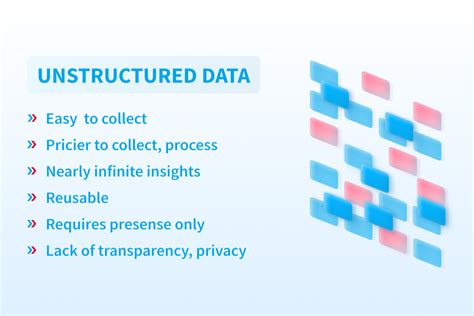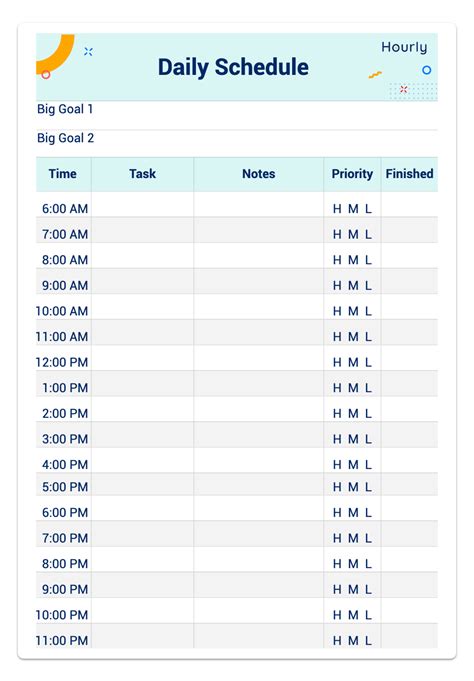Break strength plateaus: Optimal progressive overload for peak performance?

Every dedicated lifter eventually faces it: the dreaded strength plateau. You’re putting in the work, but your numbers just aren’t moving. This common frustration can derail even the most motivated individuals, but it’s not an insurmountable obstacle. The key to breaking through and continuing your journey toward peak performance lies in understanding and optimally applying progressive overload.

Understanding Progressive Overload
At its core, progressive overload is the gradual increase of stress placed on the musculoskeletal system during training. For your muscles to grow stronger and larger, they must be consistently challenged beyond their current capabilities. Without this increasing stimulus, your body adapts, and progress stalls.
It’s not just about adding more weight; progressive overload encompasses a variety of methods that collectively ensure your body is always working harder than before. Consistently applying this principle is non-negotiable for long-term gains.

Key Methods of Progressive Overload
While adding weight is the most common form, there are several effective ways to apply progressive overload:
- Increase the Weight/Load: The most straightforward method. Once you can comfortably complete your target reps and sets with good form, increase the weight slightly.
- Increase Repetitions: If increasing weight isn’t feasible, try to add one or two more reps to your sets with the current weight.
- Increase Sets: Adding an extra set to an exercise can significantly increase the total workload and stimulus.
- Decrease Rest Time: Reducing the rest period between sets challenges your cardiovascular system and muscular endurance, making the same weight and reps feel harder.
- Improve Form and Technique: While seemingly counterintuitive, lifting the same weight with stricter, more controlled form makes the lift more challenging and targets the intended muscles more effectively.
- Increase Frequency: Training a muscle group more often (e.g., twice a week instead of once) can provide more opportunities for overload, provided adequate recovery.
- Increase Time Under Tension (TUT): Slowing down the eccentric (lowering) or concentric (lifting) phases of an exercise increases the time your muscles are under stress, promoting growth.
- Partial Reps or Range of Motion: Sometimes, adding partial reps at the end of a set or increasing the full range of motion can be a form of overload.
Recognizing and Addressing Plateaus
A plateau isn’t always a sign of failure; it’s often a signal that your body has adapted to your current training regimen. Recognizing it early is crucial. If your strength numbers haven’t improved for 2-4 consecutive weeks despite consistent effort, you’re likely in a plateau.
To break through, you might need to employ strategies beyond simply trying harder:
- Deloading: Periodically reducing your training volume and intensity (e.g., 50-70% of your usual load) for a week allows your body to recover fully and can often lead to new strength gains upon returning to normal training.
- Exercise Variation: Swap out a staple exercise for a similar but different movement (e.g., barbell bench press to dumbbell bench press, or conventional deadlifts to sumo deadlifts). This can hit muscles from a new angle and stimulate fresh growth.
- Change Rep Ranges: If you typically train in the 6-8 rep range, switch to 3-5 reps for a few weeks (focused on heavier loads) or 10-12 reps (focused on volume and endurance).

Advanced Strategies for Sustained Progress
For consistent, long-term gains and to minimize future plateaus, consider these advanced strategies:
- Periodization: Structuring your training into distinct cycles or phases (e.g., hypertrophy, strength, power) helps prevent overtraining and allows for planned progression and recovery.
- Optimized Nutrition: Ensure your diet supports your training goals. Adequate protein intake is vital for muscle repair and growth, and sufficient calories are necessary to fuel intense workouts.
- Prioritize Recovery: Sleep, stress management, and active recovery are as important as the training itself. Muscles grow when they recover, not when they are in the gym.
- Mind-Muscle Connection: Focus on truly feeling the target muscle work during each rep. This heightened awareness can improve activation and lead to better results.

Implementing Optimal Progressive Overload
To implement progressive overload optimally, meticulous tracking is paramount. Keep a detailed training log noting exercises, weights, reps, sets, and even perceived effort. This data allows you to objectively assess progress and make informed adjustments. Listen to your body, too; sometimes, a minor tweak to form or an unscheduled rest day can be more beneficial than pushing through pain. Consistency, patience, and a willingness to adapt your approach are the cornerstones of breaking plateaus and achieving your full potential.

Conclusion
Strength plateaus are a natural part of any fitness journey, but they don’t have to be roadblocks. By understanding and strategically applying the principles of progressive overload through various methods, varying your routine, prioritizing recovery, and tracking your progress, you can consistently challenge your body, smash through perceived limits, and continue on your path to peak performance and sustained strength gains. Stay persistent, stay smart, and keep pushing your boundaries.








